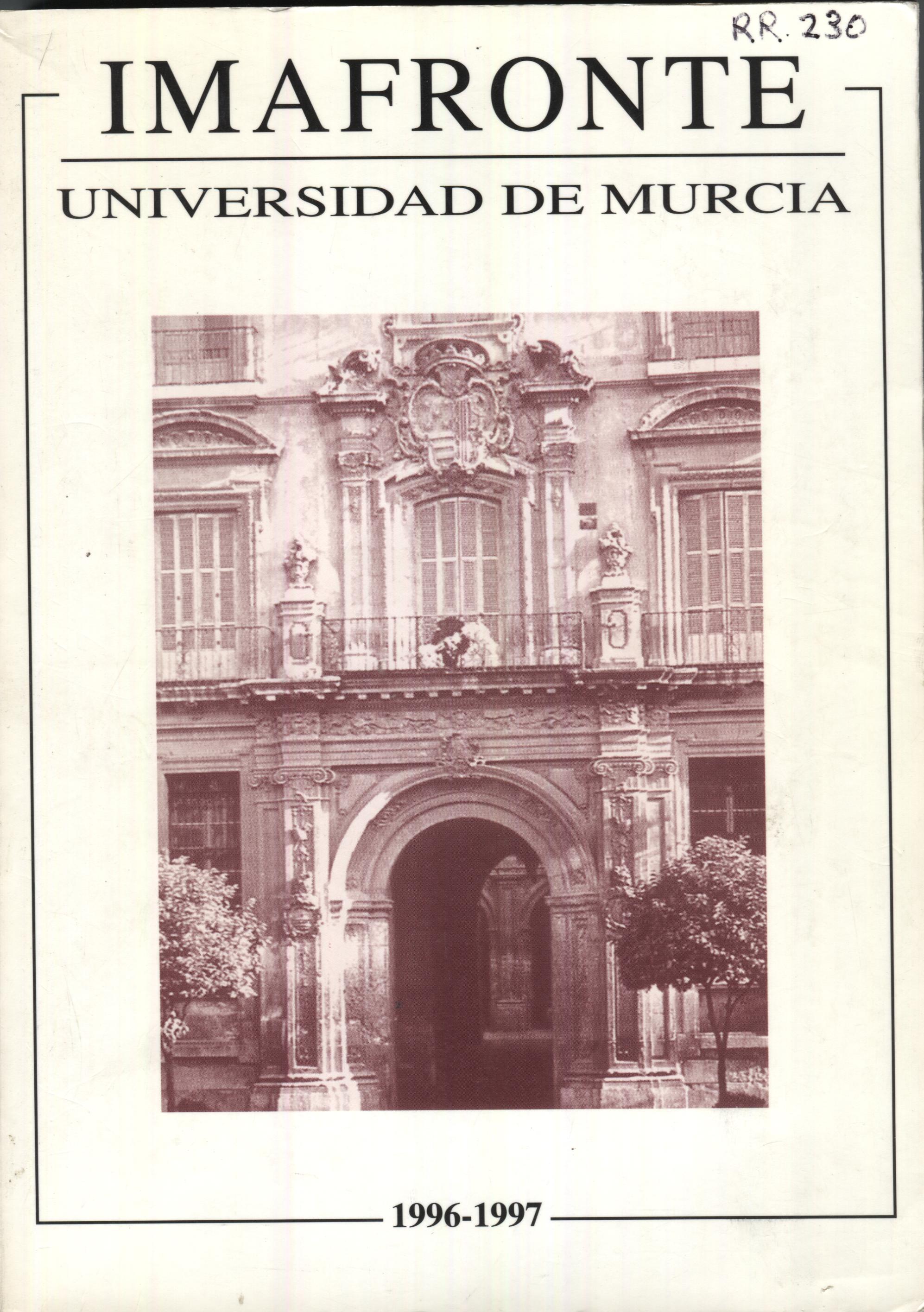CUADROS ITALIANOS O ITALIANIZANTES, RELACIONABLES CON EL COMERCIO PICTÓRICO DE ITALIA A ESPAÑA EN EL SIGLO XVII Y MÁS NOTICIAS AL RESPECTO
Resumen
Italy was centre of productions and supplier of paintings always ocupied an important and recognised position dur to the prestige and fame of its artists and works This was a secular phenomenon and continued uninterrupted, exporting to Spain paintings of a divers nature and quantity especially from the 16th century on wards to the area of the Spanish Levant. from where they were distributed to other parts of the country. Already at the beginning of the 17th century it is evident that a large number of ltalian works as well as painters who acted as commercial agents for their distribution and sale ,reached various parts of the Spanish Mediterranean coast, amongst which was Cartegena. From there the works were sent to Murcia, which acted as a bridge in the traffic of ltalian paintings to Spain in this century, as well as a market for them, according to references in inventories of the possessions of individuals and also in those differents religious institutions.The exact origin of these works is dificult to determine but it is clear that they were eighter comissions or donations valued for their prestige as well as for their quality. This is a historical phenomenon yet to be valued despite the fact that the some of the works are attributed to masters surch as Annibal Carracci and Girido Reni, and others to the cicle of Florentine and Roman painters, as well as Italianate originals and copies or replicas of other famous pinters.Descargas
-
Resumen283
-
PDF121
Las obras que se publican en esta revista están sujetas a los siguientes términos:
1. Los autores ceden de forma no exclusiva a la revista los derechos de explotación (reproducción, distribución, comunicación y transformación).
2. Las obras que se publican en esta revista están sujetas a la licencia Attribution-ShareAlike 4.0 International (CC By SA 4.0). Por lo que se pueden copiar, usar, difundir, transmitir y exponer públicamente, siempre que:
i) se cite la autoría y la fuente original de su publicación (revista, editorial y URL de la obra), permitiendo así su reconocimiento.
ii) se permite remezclar, transfromar o crear a partir del material mientras se mantenga la misma licencia del original.
3. Condiciones de auto-archivo. Se permite y se anima a los autores a difundir electrónicamente las versiones pre-print (versión antes de ser evaluada) y/o post-print (versión evaluada y aceptada para su publicación) de sus obras antes de su publicación, ya que favorece su circulación y difusión más temprana y con ello un posible aumento en su citación y alcance entre la comunidad académica. Color RoMEO: verde.
























